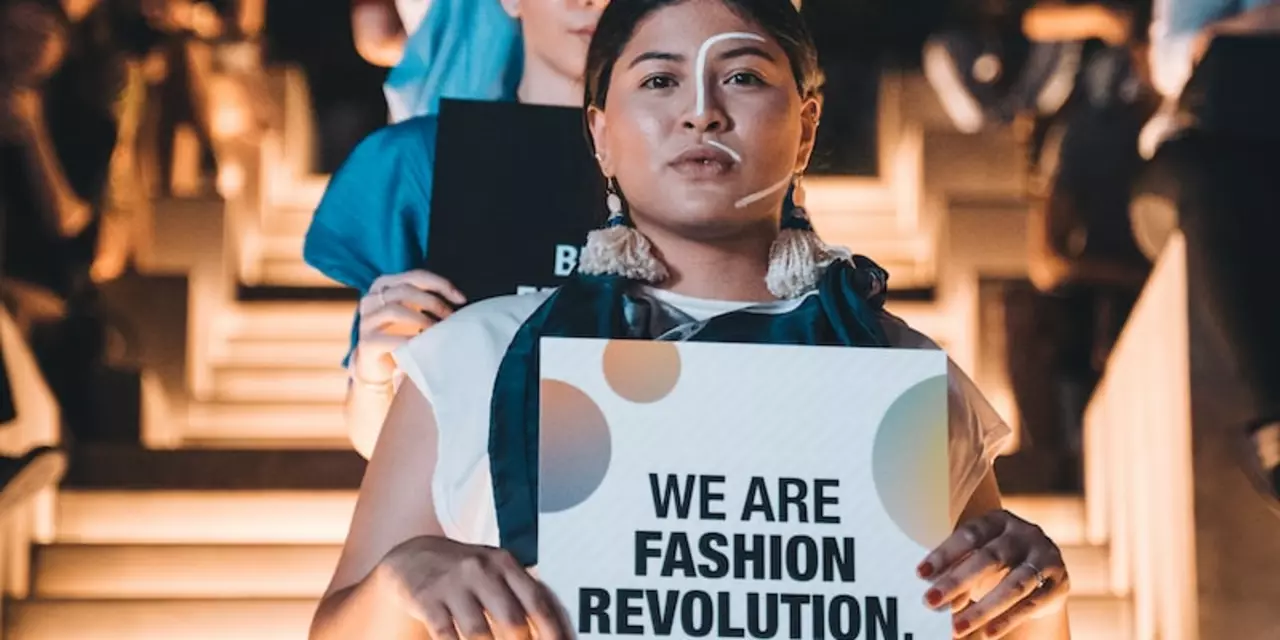Sustainable Clothing: Practical Ways to Build an Eco-Friendly Wardrobe
Most fashion ads talk about trends, but the real game changer? Making choices that actually matter—like picking sustainable clothing. It’s more than just popping an “eco” tag on a t-shirt. Sustainable clothing is about wearing stuff that’s better for the planet and the people making it.
Confused where to start? You’re not alone. Take a peek at the tag inside your shirt. If you see natural fabrics like organic cotton, linen, or recycled materials, that’s already a step in the right direction. On the other hand, brands that can’t be clear about where and how their clothes are made? Red flag. Certifications like Fairtrade or GOTS (Global Organic Textile Standard) aren’t just for show—they’re proof a brand is trying to do the right thing.
Most fast fashion feels too good to be true, with insanely low prices and piles of new arrivals every week. Ever wondered what corners are cut? Production in bulk usually means more waste, harsh dyes, big carbon footprints, and overworked factory staff. When you choose slower brands, you get fewer collections, less waste, and usually longer-lasting clothing. That means your clothes survive actual city life—errands, adventures, subway squeezes—without falling apart after six months.
It’s easy to get overwhelmed by choices, but narrowing down your wardrobe can help. Think capsule wardrobes—a handful of go-to tops, a solid pair of jeans, a jacket that does it all. The trick? Find pieces you’ll actually wear over and over, ones that play nice with everything else in your closet. Quality over quantity really does make mornings less stressful.
Caring for what you already own is sustainability in action. Simple fixes—repairing a seam or swapping buttons—keep clothes out of landfills. If your go-to pieces really can’t be fixed, look for recycling programs or local donation spots. Even city living doesn’t mean you can’t upcycle that faded tee into cleaning rags or tote bags.
Skeptical about cost? Sustainable pieces sometimes feel pricier up front, but when you’re not constantly replacing ripped seams or dealing with stretched-out fabrics, you save money in the long run. Check local thrift or secondhand shops. Vintage doesn’t just mean cool finds; it means giving clothes another run without extra waste.
It all boils down to this—it’s not about being perfect. Small actions add up. Every time you pick better materials or support brands with decent practices, you’re pushing fashion in a direction that makes sense for real people and the planet. That’s what sustainable clothing is really about: practicality, style, and a bit of everyday rebellion against waste.
What is the future for sustainable clothing?
Posted by Anna Fenton on Feb, 13 2023

The future of sustainable clothing is bright. There is an increasing demand for sustainable clothing, and the fashion industry is responding with a range of sustainable options. This includes using more eco-friendly fabrics, such as organic cotton, bamboo, and hemp, as well as reducing water and energy consumption during production. Additionally, there is a trend towards upcycling and recycling existing fabrics, as well as using sustainable dyes and packaging materials. Through these efforts, the fashion industry is doing its part to reduce its environmental impact.
